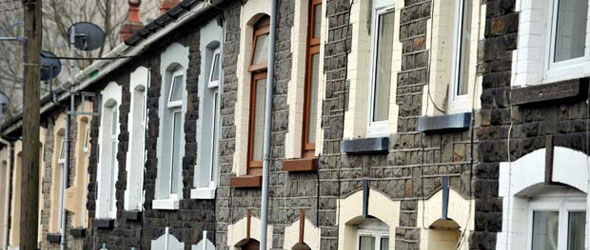Despite some crazy newspaper headlines about what’s happening to property prices, whether they are up or down, the reality is that from a national average property price perspective, nothing much is happening. And this has been the picture for the last two years as the chart and analysis shows below:-
Chart showing average property prices since September 2011 in England and Wales
(See attached pdf for full details and charts – Post Market Report)
Key facts about average property prices in England and Wales from January 2011 to October 2012:-
An ‘average property’ price for mortgaged properties has fluctuated between £161k – £169k for Nationwide Average property prices, including cash sales, by the Land Registry hardly changed: £161k – £163k Average property prices for all properties from Acadametrics shows a range between £217k and £226k Property prices in October, on average, are approximately:-
6.7% above the lows of 2009 for Land Registry 11% above the lows of 2009 for Nationwide 13% above the lows of 2009 for Acadametrics
Average property price performance varies dramatically from one area to another. Three regions, including the North East, the North West, Yorkshire and Humber, according to the Land Registry, remain below previous lows of 2009.
Only the London region continues to outperform 2007 price heights, with prices 3.7% above the heights, which taking into account inflation, means property prices still have a way to rise for properties to maintain their value.
Land Registry average property prices October 2012 versus January 2011 have only changed by -0.9%
Nationwide average property prices October 2012 versus January 2011 have only changed by 1.5%
Acadametric’s average property prices October 2012 versus January 2011 have only changed by 1.7%
Northern Ireland continues to be the place worst hit by the credit crunch being -11.4% down on the lows of 2009, and although there was some improvement with Q2 2012 being 3.7% up on Q1, Q3 has dropped back on Q2 by -0.5%.
Market Commentary
Overall the story of property prices – on average – is that they are fluctuating, and some months show a small fall and some a small rise. When looked at over the last two years, national average property prices have remained pretty flat and this trend is likely to continue for some time.
According to Roger Gardner, Nationwide’s Chief Economist, “Monthly price changes have failed to establish a strong trend in either direction over the past six months, with three months of increases and three months of price declines since May 2012”.
Land Registry claims prices are up 1.1% year on year with Acadametrics claiming that on an annual basis, prices have risen at a slightly higher rate of 2.3%.
Dr Peter Williams of Acadametrics comments “the rise this month offsets the fall seen in the previous month and points to the remarkable stability of house prices in England and Wales, despite continuing problems in the financial markets”.
The reason behind this price stability Roger Gardner puts down to “wage growth is still not keeping up with the cost of living and unemployment well above normal levels, this helps to explain why housing market activity has remained subdued”.
From a volume perspective, Acadametrics highlight the fact that one of the main features of the housing market in September was the low number of transactions, which they estimate could be the second lowest number of properties sold in the month of September since 1995. This month – October – has seen a ‘catch-up’ effect. Whereas on average there is usually a small increase of 2.0% in transactions between September and October, this year Acadametrics estimate it will be +24.0%, with some 65,675 transactions in the month.
Land Registry – In the months May to August 2012, sales volumes averaged 57,789 transactions per month. This is a decrease from the same period a year earlier, when sales volumes averaged 58,361 per month and over the past twenty nine months, transaction volumes have been relatively consistent.
Dr Peter Williams, Chairman of Acadametrics says that “the main causes of the decline in transactions in October remain the difficulties in obtaining mortgage finance, with high deposit levels and an excellent credit record still being paramount in the eyes of the lender”. He also goes on to say, “uncertainties in the economic outlook are causing buyers to remain cautious about any commitment to the purchase of a high value asset”.
In addition to this, it does appear that lenders are almost ‘lend averse’ when it comes to deciding whether to offer on a mortgage or not. Stories of people being rejected due to errors for example on unpaid debts, which when cleared up, still mean a lender refuses to lend. In a recent survey carried out by Countrywide, “29% of adults interviewed who have had unsuccessful mortgage applications described unsuccessful attempts at getting a mortgage from a bank” However, once they consulted a broker, their search was successful.
More worryingly, their research suggests 2.5 million sales have been lost through lenders turning down applicants. Their research suggested that a staggering 11% of people turned down weren’t even given an explanation. Despite the government’s push for the UK to be a nation of entrepreneurs, this doesn’t help boost home ownership as “9% were turned down because they were self-employed”.
Regional data is essential to understand what’s really happening in your area and this can widely differ by property and street even at a local level. The latest data from Ros.Gov shows Scotland is continuing to recover, as it the South East and London via Land Registry data. Areas in red (see chart over the page) continue to be in a severe ‘double dip’ house price wise, and show very little signs of recovery.












Speak Your Mind